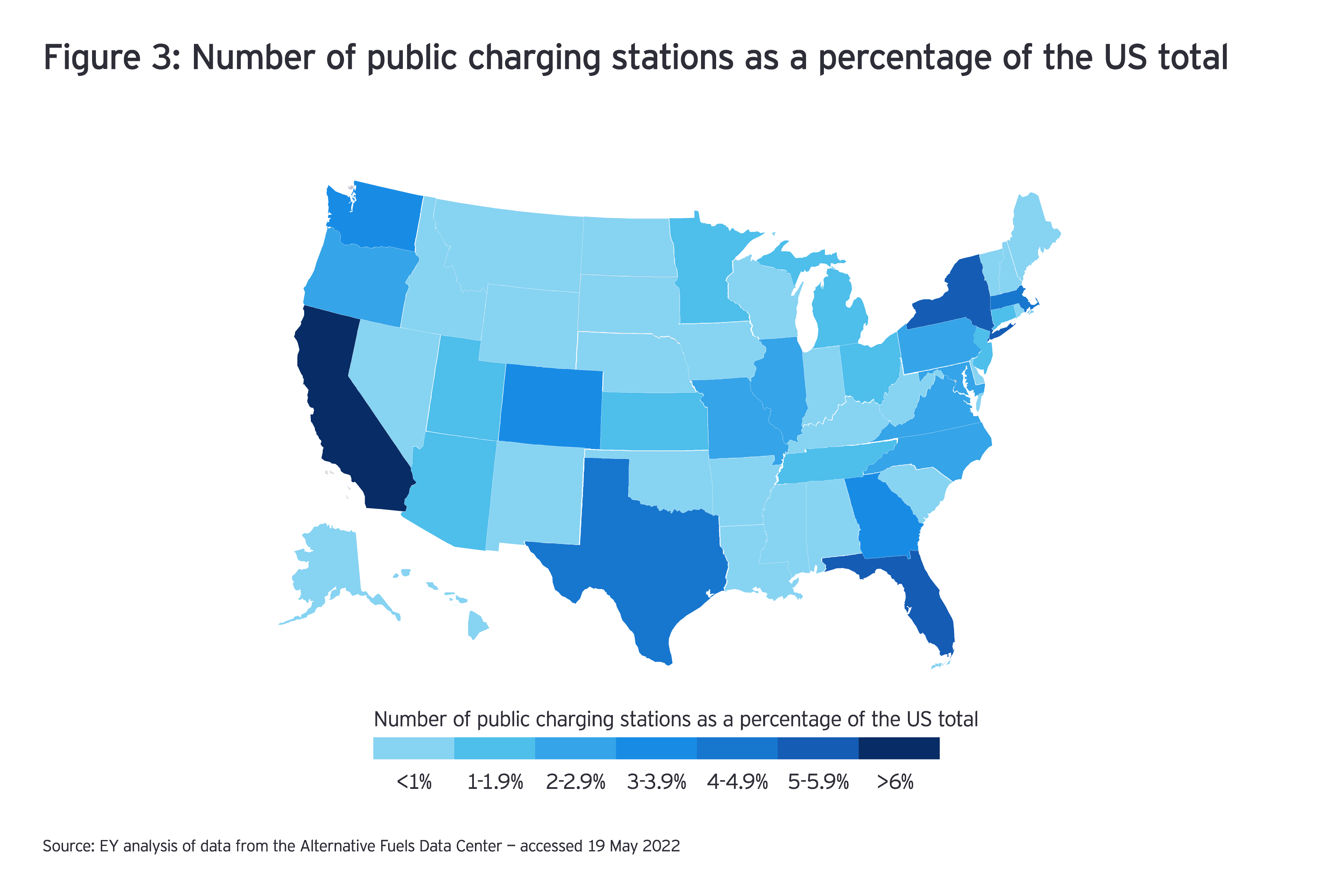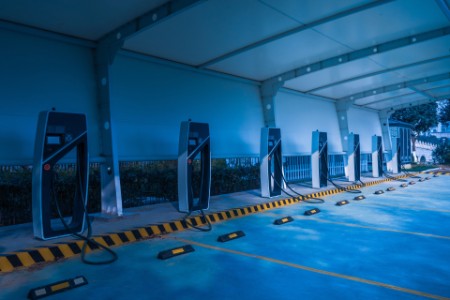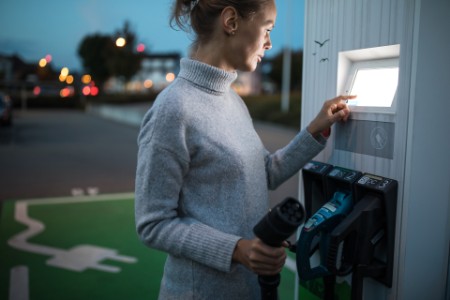
Chapter 1
Help remove the hurdles to infrastructure
Utility companies are being called to answer the need for charging infrastructure.
Three major roadblocks are standing in the way of more rapid EV adoption. The first two, the real road readiness of EV vehicles and consumer concern over battery range are being addressed quickly by advancing technology and improved design, but utilities are holding the keys to a solution for the third. The ability to charge any form of EV quickly, easily and reliably – and in urban, rural and radically different landscapes – hinges solely on charge point operators (CPOs) being able to secure permission to install the critical infrastructure required and for grid operators being able to provide the tens of thousands of standardized, reliable connections across state lines and North America.
The whole premise of e-mobility stands on a modern, safe and resilient grid, supported by digital capabilities to mitigate the impact of EVs on every local network. In the evolution of transport, utilities and their power distribution networks are the lynchpins and need to begin, or fast track, open planning dialogs with all infrastructure players as well as other members of the e-mobility ecosystem. This will also require the alignment of utility leadership around a coordinated vision for the future as well as full acceptance of the pace and scale of investment now required.
How EY can help
EY UtilityWave
EY UtilityWave is an award-winning, business-led data platform that helps companies transform how they manage, integrate and use data from enterprise systems, IoT devices and other sources to improve performance. Powered by Microsoft technology, EY UtilityWave supports clients in accelerating the digitization of network assets and operations, delivering new energy services and reshaping for the future.
Read more


Chapter 2
Innovate at grid level
A modern grid will support the acceleration of EV adoption.
Lessons learned from European EV adoption indicate North American power needs will reach 432.2TWh in 2035, placing enormous demand on the already-outdated grid, causing congestion and ultimately bottlenecking the pace of e-mobility rollout. In Canada, EY analysis estimates that electricity demand for EV charging is expected to account for 2.4% of overall power demand in 2030, and in the US, electricity demand from EVs is expected to for 10% of overall US power demand. In the United States, $7.5b of government funding and incentives has been earmarked for grid upgrades and a further $3b in advanced battery supply chains to help effect 50% EV adoption and the installation of 500,000 charging stations by 2035.2,3 But that alone won’t be anywhere near enough, and utilities will be required to invest expertise, funds and resources to deliver real and effective momentum.
North America lags behind Europe in EV adoption because change there is mandated, and acceptance is increasing. There is a huge opportunity for US utilities willing to drive that change.


Chapter 3
Create consumer confidence and access
For EV adoption to accelerate, the modern grid should be able to support public charging stations.
According to EY analysts, the United States will require a nine-fold increase in today’s volume of charging stations to meet coming demand as well as much greater access for all communities. At present, most EV charging takes place in homes, where vehicles tend to park for long durations and are charged slowly. Across the United States, 88% of EV owners have access to residential charging, but this varies significantly by region and property type.4 According to the National Renewable Energy Laboratory (NREL), 70% of detached single-unit households have access to home charging but access plummets to 10% to 20% for rented apartments.5 By 2035, when 18% of the vehicle stock is expected to be electric,6 the majority of EV charging is still likely to be done at home, but demand will soon outpace access and utilities will need to expand access.
As the EV market races past early adopters – typically high-income, single-family homes with access to off-street parking – we will see demand for more diverse charging access everywhere. Rentals, apartment buildings, condos and increasingly destinations like malls, community centers, movie theaters and restaurants will all expect to be able to offer charging access – and consumers will expect, if not demand it. It’s up to utilities to plan for increased access and a true integration of charging stations into all communities, regardless of socioeconomic factors or even population density.
As EV and battery design continue to improve rapidly and dramatically, consumer adoption is going to grow, and US utilities will become pivotal to making the EV future a reality.
Ultimately success driven utilities planning investment in the grid must also factor consumer confidence and convenience. A journey by EV must start with an inexpensive, easily charged vehicle at home and then provide complete consumer confidence thanks to a network of standardized, reliable and quick charging options anywhere along the route. To deliver that, utilities must make the investments in not only grid upgrade and technology, but the design and strategic implementation of charging networks that make powering the millions of consumers EVs – and commercial fleets – as easy today as it is stopping at the gas station. According to EY analysts, that will mean increasing charger network volume to 3 million stations, with many, if not all, being DC fast charging (DCFC) to meet consumer convenience needs. Utilities must take the driving seat for this infrastructure development, of course, but doing so will also be helpful in managing both the influx of private sector charging network investment as well as, in the future, competition from other providers.
Summary
The success of e-mobility depends on widespread collaboration between utilities, automakers, battery manufacturers and the myriad of commercial developers and city planning authorities state by state, region by region. As the need for collaboration accelerates and government mandates drive action, there’s an opportunity for every utility to play a pivotal role in advancing EV adoption as well as the complex issues of infrastructure coordination. While the e-mobility ecosystem may represent a wide diversity of parties with varying interests, the goal of each is the same: speed the EV future today.


